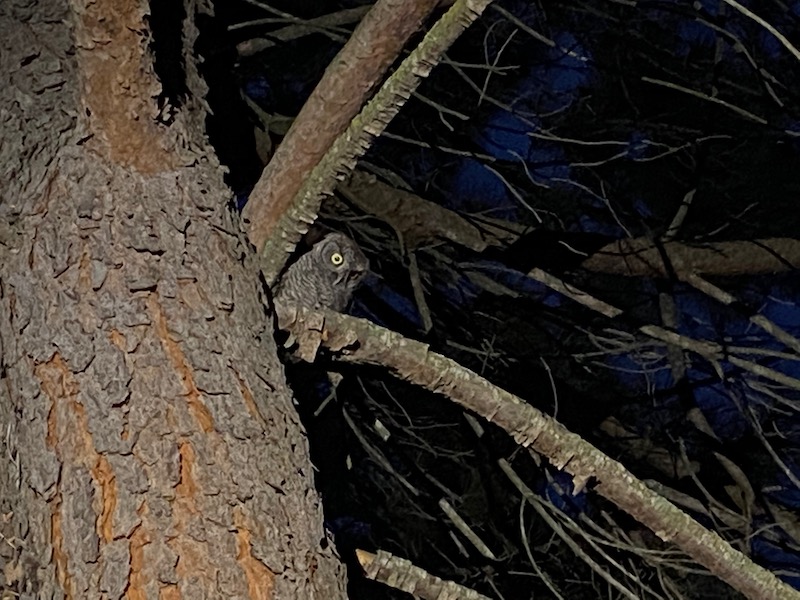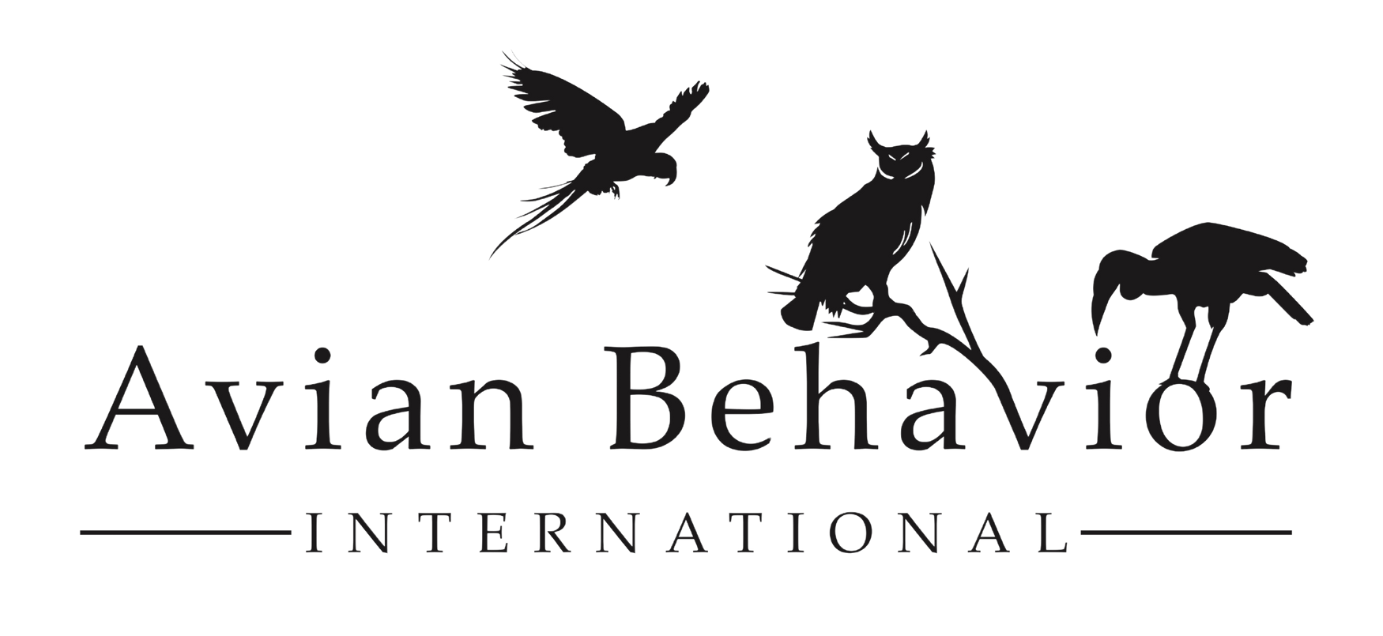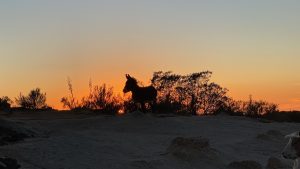
03 Mar World Wildlife Day 2022 on the ABI Ranch
On March 3, 2022, we recognize the day as World Wildlife Day. While this day was named as a day to raise awareness and reflect on the role of the world’s wild flora and fauna, at Avian Behavior International, our mission is to do more than raise awareness. We want to inspire action and connect our audience to a wide variety of bird species and their causes from around the world. Protecting the biodiversity in the world means more than knowing that they exist and caring about them. It means we must have enough awareness of our own actions and a desire to change the smallest of habits for those actions to make an impact, from the trash we throw out our car windows to the verbiage that we use to describe animals in their natural habitat (like the term “infestation” to describe a swamp of snakes or sharks in a reef… all ecosystems that are places the animals naturally live). These small habits can turn into larger beheaviors, such as consciousness about fast fashion and other consumer choices that consider habitat destruction.
World Wildlife Day 2022 is focusing on key species and ecosystem restoration. These topics are particularly resonant with us because of the steady work we have been doing on our own ranch to encourage wildlife and agricultural practices to work together. Historically, fertilizers, herbicides, pesticides, and rodenticides used in conventional agricultural practices have not only hurt native flora and fauna, migratory bird, fish, and mammal species, but have also destroyed the topsoil, microbes, waterways and harmed the ecosystem in ways that would take (and have taken!) textbooks to cover. Our message is that ecosystem restoration doesn’t have to start with the biologists, the far away spaces, or the severely damaged systems. It can start wherever you are, even in your own apartment. With technology and community effort progressing rapidly, compost swaps and even indoor composting set ups can allow families to repurpose everything from eggshells to cardboard.
ABI has a five year plan to work as a regenerative agriculture space, focusing on soil health and permaculture. We already grow several different kinds of fruit and have gardens for the birds as well as honeybees. We plant other flowering plants to attract native pollinators. We use no-till gardening, planting companions, composting, animal
refuse with our chickens, goats, and donkeys to increase the plant health without adding petroleum based chemicals. As our plan continues to progress, the hooves of the livestock are used to stomp in manure, roots and stems back into the ground before the animals are moved to a different area and let that space to rest. Older trees are left up, which provide nesting for local predators including great horned owls, barn owls, western screech owls, and several species of hawk. Despite there being plenty of sightings of mountain lions, coyotes, grey fox, and bobcats in our direct area, we have only lost a couple of chickens and no other animals to the native wildlife thanks to our staff providing excellent husbandry, safety and quickly fixing the flaws in our chickens’ coop when exposed by the coyotes in our earlier years.
Responsible agriculture is something that we can all think about. As divisive as our food choices can be, this topic is important no matter what diet you decide is best for you. All of our dietary choices impact the world in some way. Some of us have the privilege of living in areas with more choices than others. Our ethos is not to challenge those choices, but do the work we know we can do with the land in our care and explore different techniques that provide a model for others that show curiosity in this area.
Monitoring soil health and increasing the topsoil layer allows for carbon sequestration and increased water absorption. Even in brittle environments like ours in Southern California, you can improve the health of your ecosystem through regenerative methods that do not involve simply leaving the area alone. As researchers of regenerative methods often say, it’s not how much water you get in a year, but how much water your land can absorb. Many studies have shown that we can increase the health of grasslands through different types of holistic interventions. Our environments are no longer “untouched” by human intervention. Even without directly laboring the land, we have changed weather patterns and animal crossings across the land for decades. Places that once were covered in grasses and grazers have neither, and climate experts and conservation biologists alike are learning about the impacts that spill out of the changes the ever-growing human population makes. Many countries around the world are planting trees to combat climate change, aid in wind damage, and restore ecosystems with marginal – if any – success. Grassland restoration, expansion and welfare progress proves to be much more helpful as a far more impactful habitat.
At ABI, we are excited to play a part in this type of ecosystem restoration that can have a positive impact on our environment, even if it is on a small scale. Any level of influence that helps migratory birds, native mammals and
reptiles, and carbon sequestration and water absorption makes a person more than a passenger but a thoughtful participant. Conservation begins at the soil level, and without healthy habitats, we can’t have healthy birds, much less sustainable biodiversity. In many ways, problems like this feel so weighted, heavy, and insurmountable, it’s understandable that we would rather avoid them. In other ways, it’s equally understandable that pairing bird conservation and agriculture feels like a stretch. We strongly feel that challenges of this scope take all kinds of approaches, minds, and solutions. This is a concept we are taking on by our bootstraps, and we are excited to see where this goes. We also know that by having people like you who enjoy animals and the outdoors to do just that with us, you are also bringing your unique perspectives with you. Come to one of our interactive bird experiences and you will not only learn about the birds in our care and their role in the world, but how our practices are ever evolving to make a difference from the ground up.
Sources and resources





